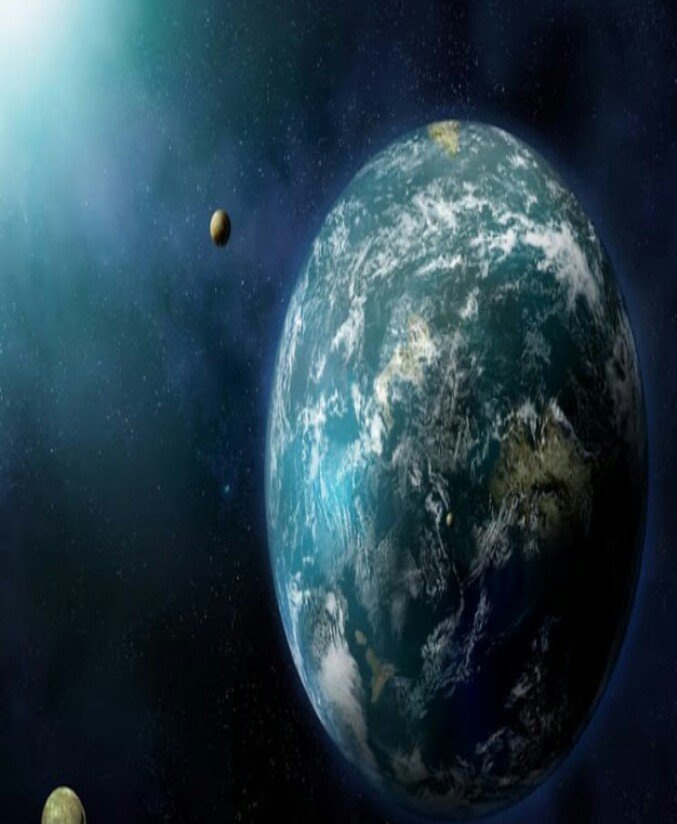Researchers working with telescopes at the European Southern Observatory and NASA reported an astounding new disclosure: A whole arrangement of Earth-sized planets. On the off chance that that is insufficient, the group declares that the thickness estimations of the planets demonstrates that the six deepest are Earth-like rough universes.

What's more, that is only the beginning.Three of the planets lie in the star's tenable zone. In the event that you aren't comfortable with the term, the tenable zone (otherwise called the "goldilocks zone") is the locale encompassing a star in which fluid water could hypothetically exist. This implies each of the three of these outsider universes may have whole seas of water, significantly expanding the likelihood of life.
Alternate planets are more averse to have seas of water, yet the group expresses that fluid water is as yet a plausibility on every one of these universes. Summing the work, lead creator Michaël Gillon noticed that this close planetary system has the biggest number of Earth-sized planets yet found and the biggest number of universes that could bolster fluid water:
"This is an astounding planetary framework — not just in light of the fact that we have discovered such a significant number of planets, but since they are on the whole shockingly comparative in size to the Earth!"
Co-creator Amaury Triaud takes note of that the star in this framework is a "ultracool smaller person," and he clears up what this implies in connection to the planets:
"The vitality yield from small stars like TRAPPIST-1 is considerably weaker than that of our Sun. Planets would should be in far nearer circles than we find in the Solar System if there is to be surface water. Luckily, it appears that this sort of minimized design is exactly what we see around TRAPPIST-1."
Achieving Another World
The framework is only 40 light-years away. On an infinite scale, believe it or not adjacent. Obviously, for all intents and purposes, it would even now take us a huge number of years to arrive with the present innovation – however once more, it is remarkable in that the find says a lot about the potential forever as-we-probably am aware it past Earth.
These new revelations at last imply that TRAPPIST-1 is of stupendous significance for future investigation. The Hubble Space Telescope is now being utilized to look for airs around the planets, and Emmanuël Jehin, a researcher who additionally took a shot at the exploration, affirms that future telescopes could enable us to really observe into the core of this system.As Jehin states:
"With the up and coming age of telescopes, for example, ESO's European Extremely Large Telescope and the NASA/ESA/CSA James Webb Space Telescope, we will soon have the capacity to look for water and maybe even confirmation of life on these universes."
Source: NASA
Hi, I found some acronyms/abbreviations in this post. This is how they expand: